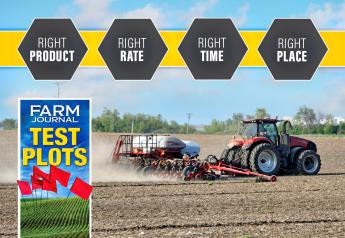Managing Nematodes

Nematodes belong in a pest category all their own. These parasites cause more than a billion dollars in damage as they attack roots. To identify nematode issues, start by scouting for stunted, wilted, yellowed or dead plants. Check with your lab and local resources for sampling protocol and economic thresholds.
Click here to download this checklist.
Corn: Lance Nematode |
|
Corn:
|
|
Corn:
|
|
Soybeans:
|
|
Soybean Cyst Nematode |
|







